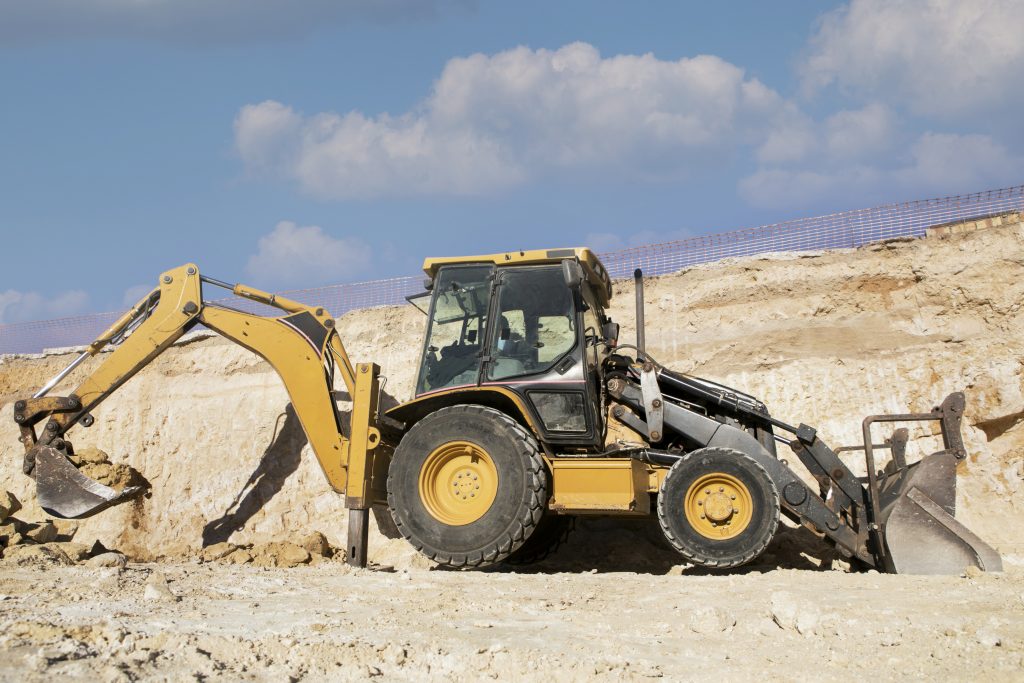The ability to move materials efficiently and safely is essential to project success. As job sites grow larger and more complex, machinery that enhances productivity while maintaining safety standards has become a necessity. One machine that has transformed construction operations is the telehandler.
This blog discusses how material handling equipment is shaping the future of construction, its versatility, technological advancements, and the economic and environmental benefits they offer.
What is a Telehandler?
A telehandler is a type of construction equipment that combines the capabilities of a forklift and a crane. Equipped with a telescoping boom, telehandlers can extend vertically and horizontally, making them capable of reaching difficult-to-access places. These machines can lift heavy loads, move materials, and transport them across rough terrain, making them an indispensable tool on modern construction sites.
Evolution of Telehandlers in Construction
Telehandlers have evolved considerably since their introduction in the late 1970s. They were used for lifting and moving heavy loads, but over time, their capabilities have expanded with the development of various attachments, increased lifting heights, and enhanced manoeuvrability. Today, telehandlers are not only used in construction but also in agriculture, industrial operations, and other sectors. The increasing adoption of telehandlers has been driven by the need for greater efficiency, flexibility, and safety on construction sites, making them the most popular choice for material handling.
Versatility and Applications
-
Material Handling and Lifting
Telehandlers can efficiently transport and precisely place heavy building materials like bricks and steel and more delicate loads such as windows and glass panels. The versatility of telehandler applications in construction is demonstrated in how they can be used for lifting, stacking, and unloading materials, speeding up the process more than traditional methods.
-
Attachment Compatibility
Telehandlers are compatible with various attachments, enhancing their versatility. Attachments like pallet forks, buckets, jibs, and lifting hooks allow telehandlers to perform tasks such as lifting construction debris, digging, or performing tasks reserved for cranes. This adaptability reduces the need for multiple machines on-site, cutting costs and increasing efficiency.
-
Accessing Challenging Terrains
Telehandlers excel in accessing challenging terrains where other machines may struggle. Whether navigating rough, uneven ground or working on a sloped site, telehandlers are designed to handle difficult conditions. Equipped with four-wheel drive and adjustable axles, these machines can easily traverse construction sites, offering significant advantages when working on sites where space is limited or the ground is not level.
Technological Advancements
-
Automation and Remote Operation
Modern telehandlers incorporate automation and remote operation features, which improve safety and operational efficiency. With remote control capabilities, operators can control the machine from a distance, reducing the risks of injury and increasing the machine’s versatility. These advancements enable telehandlers to operate in hazardous environments, such as when handling dangerous materials or high-risk areas, thus improving overall safety standards.
-
Safety Enhancements
Telehandlers are equipped with a range of advanced safety features, including stability sensors, load management systems, and automatic levelling systems. These features ensure that the machine operates within safe parameters, reducing the likelihood of accidents. Safety remains a priority in the construction industry, so these enhancements are critical in reducing workplace accidents and protecting the workforce.
-
Telematics and Fleet Management
With telematics, fleet managers can track the location, performance, and health of each machine in real-time. This data allows for predictive maintenance, reducing downtime and extending the lifespan of the equipment. Fleet management systems also enable better planning, helping to optimise the usage of telehandlers and ensure that they are deployed where needed most.
Economic and Environmental Benefits
-
Cost Efficiency
By reducing the need for additional equipment on-site and improving material handling efficiency, telehandlers help streamline operations and reduce labour costs. Their ability to perform multiple tasks with different attachments reduces the need for various specialised machines, leading to lower overall equipment costs.
-
Sustainability
Manufacturers have focused on creating eco-friendly telehandlers with reduced emissions and energy consumption. Hybrid and electric models are becoming more common, offering lower environmental impact while maintaining the same performance level. These advancements contribute to the industry’s shift towards more sustainable practices, aligning with global efforts to reduce carbon footprints and protect the environment.
Future Trends in Telehandler Development
-
Increased Automation
With advancements in AI and machine learning, telehandlers will become even more efficient and able to perform complex tasks without human intervention. These advancements will increase productivity, reduce labour costs, and further enhance safety on construction sites.
-
Enhanced Load Capacities
Telehandlers are also expected to see improved load capacities, with new models being developed to lift heavier loads and reach greater heights. These advancements will allow telehandlers to handle more demanding tasks, making them more versatile on large-scale construction projects.
-
Hybrid and Electric Models
The shift towards sustainability will continue to influence the development of telehandlers, with an increasing number of hybrid and electric models entering the market. These machines will offer greater fuel efficiency and reduced emissions, making them ideal for new build construction projects focused on reducing environmental impact.
-
Conclusion
Telehandlers are revolutionising the construction industry by providing greater efficiency, flexibility, and safety. Their versatility and advancements in technology and sustainability make them an indispensable tool on modern construction sites. As the industry continues to embrace new technologies, material-handling equipment will play an even larger role in shaping the future of construction.
Looking to enhance your construction site operations with reliable and efficient telehandlers? Access Service Australia offers top-quality telehandler rentals and services tailored to your project needs. Call 1300 272 111 for professional advice and assistance in choosing the right material handling equipment for your next construction project.

